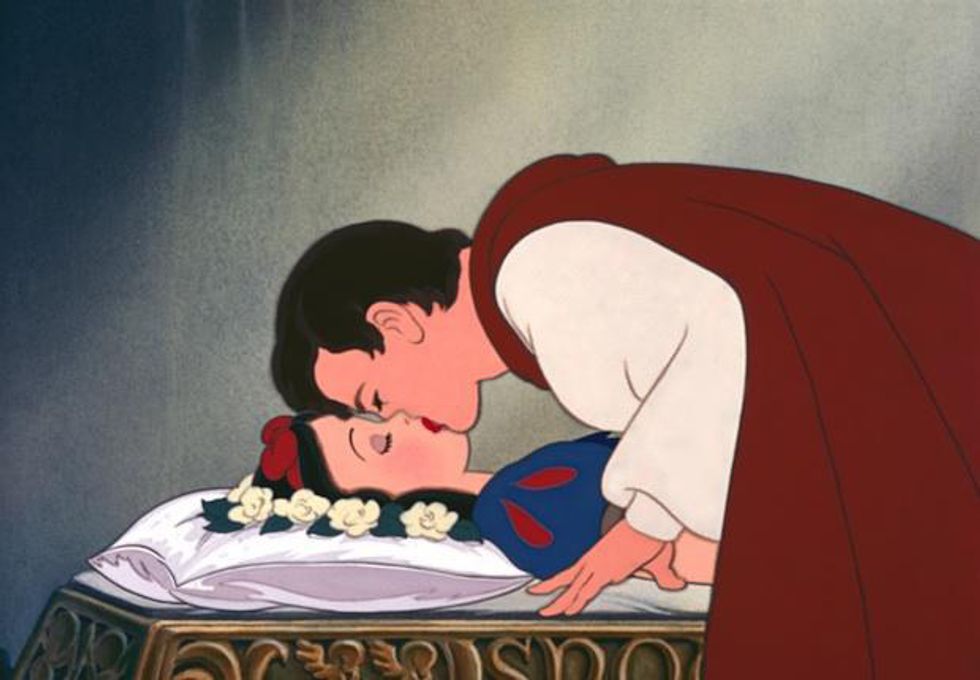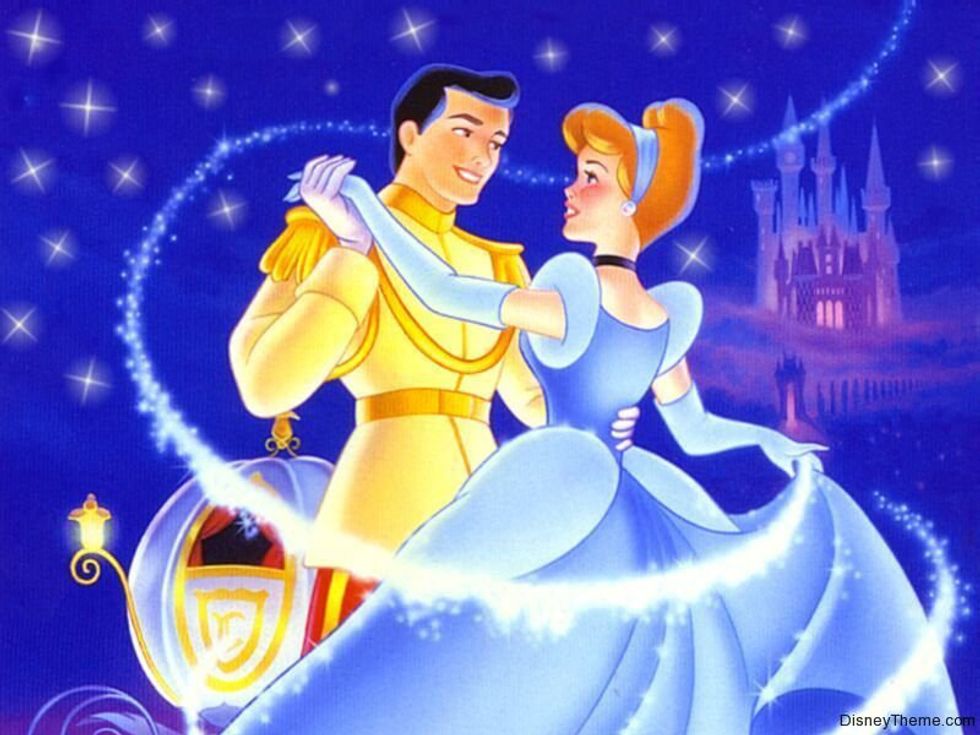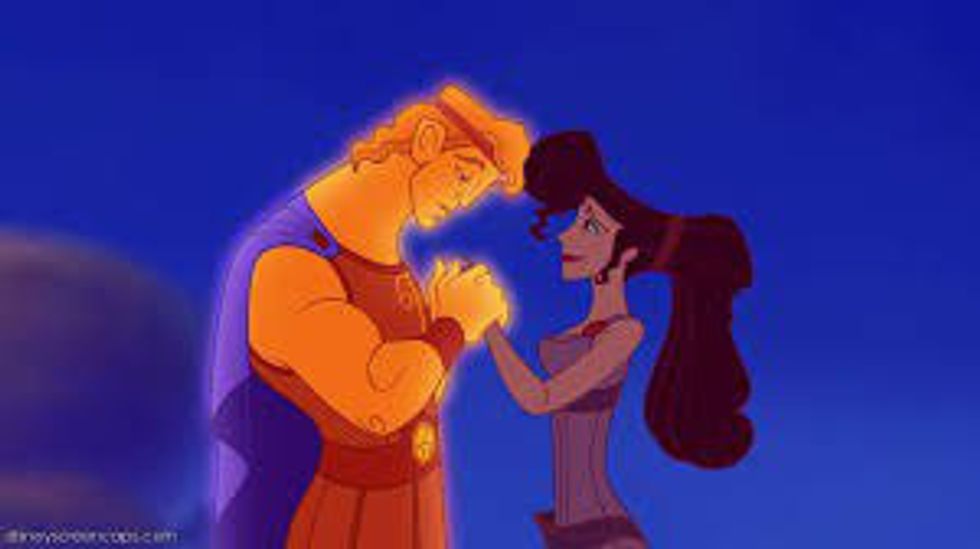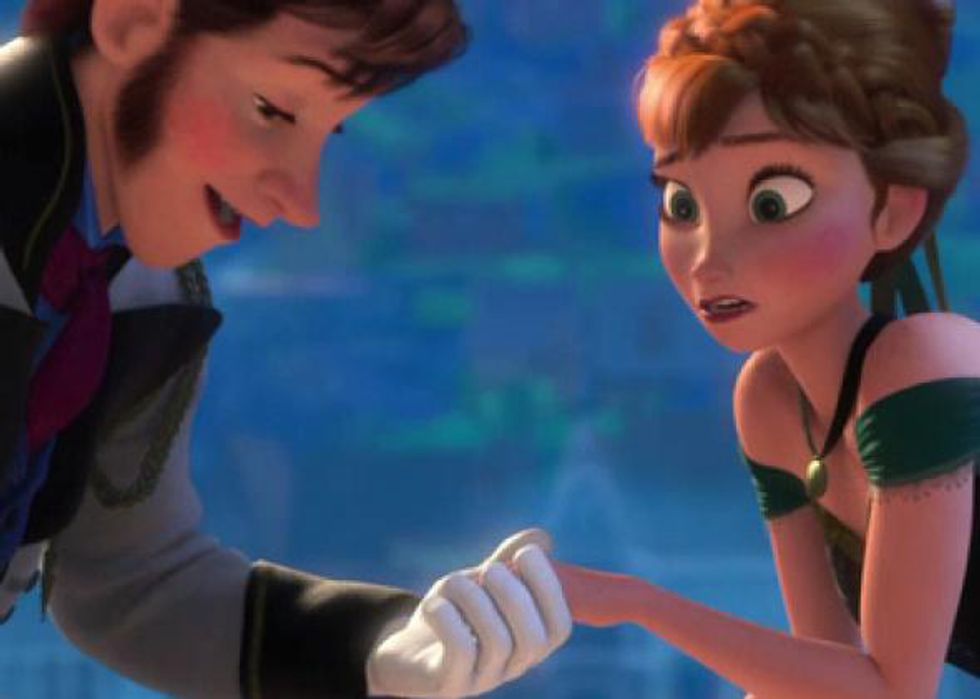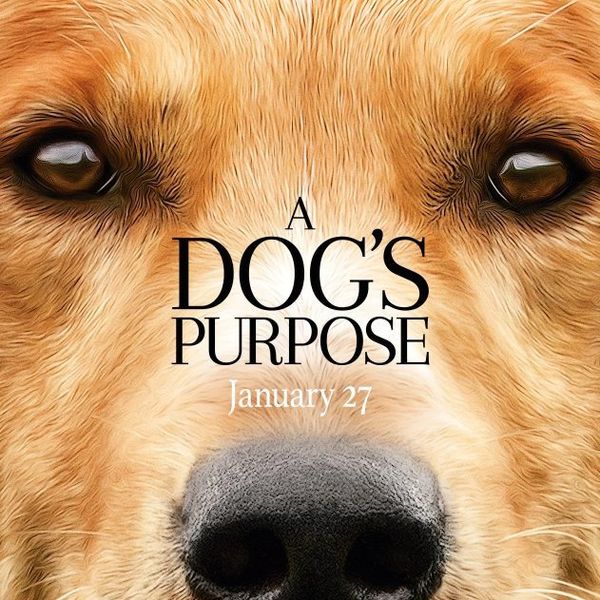One of the most influential names in media, especially on young girls, is Disney. Most females in America can say who their favorite princess is and can likely find an old princess costume in their house. Don’t get me wrong, I love Disney (I was Elsa for Halloween this year), but this doesn’t mean that Disney hasn’t impacted the way I and many other girls believe we should live our lives. The stereotypes that these movies promote have a significant impact on girls’ beliefs about themselves, and they contribute to what Peggy Orenstein, the author of "Cinderella Ate My Daughter," calls the “girlie-girl culture.”
The portrayal of gender roles in princess films influences girls’ self-images in a negative way. In an article by Karen E. Wohlwend, she describes a study in which girls were watched during princess play; the study found that “girls focused on achieving beauty ideals and rejected play scenarios that stretched stereotypical male/female roles.” The viewing of princess movies has caused girls to think that there is only one way that women should act, and when presented with alternative situations, they reject them because they have not been exposed to such views.
They believe that since the movies show things one way, that must be the way things are. Learning that women fit into certain roles at a young age will make it harder for girls to see themselves differently when they get older. Additionally, Orenstein examined drawings from her daughter’s class in which the students were told to fill in the blanks in “If I were a [blank], I’d [blank] to the store.” The boys wrote all sorts of things, but every single girl wrote one of four things: butterfly, princess, fairy, or ballerina. Without knowing it, young girls are being placed into a box, where they feel that they can only be certain kinds of things. This will continue through their lives: many women will only go into traditionally female careers because they feel that other jobs are not appropriate for them, or they will not work at all, in part because of what princesses have taught them.
Disney princess movies also impact girls’ views of love and romance. In the previously mentioned study by England and her associates, the researchers discovered that:
The princess always won the love of the prince by the end of the Disney Princess films, and this portrayal of romance provides a strongly gendered message. The child viewer is provided with consistent exposure to the social script that one falls in love either very quickly, at first sight ("Snow White," "Sleeping Beauty"), against all odds ("Beauty and the Beast," "Mulan," "The Princess and the Frog"), or both ("Cinderella," "The Little Mermaid," "Aladdin," "Pocahontas").
The idea that love is something instant and that everything will work out, in the end, is constantly reinforced in children’s, and especially princess, movies. Of course, children’s movies are not going to go into the complications of love, but giving girls this false idea of love is not right either. Perhaps all the complications of love that come later in life are caused by the false beliefs that are instilled in children about what love should be like. When things fall short of these built up expectations, people are left disappointed.
Furthermore, Disney has been vehemently criticized by the unrealistic bodies of their princesses, but they have yet to change anything, and these unrealistic images affect girls’ self-confidence. Firstly, women in Disney movies are often portrayed as small and delicate, especially in “romantic situations.” In "Hercules," “his bicep is about 2.8 times wider than [Meg’s], while the very biggest man in the Army report had a bicep just 2.1 times bigger than the very smallest woman (that bicep difference is also greater than that observed between Shaquille O’Neal and his former wife).”
This sends the message that women should be small and thin compared to men, and they should not aspire to be muscular nor should they be overweight. This message can hurt girls’ self-esteem if they feel that they are not skinny like Aurora or Cinderella, thus making them feel that they are not pretty either. Researcher Sarah Coyne tested this theory on 307 preschoolers, half of whom were female. When little girls were presented with three body images, the majority of the girls picked the extremely thin girl as having the best body. Furthermore, when asked why a certain princess was their favorite, 42 percent of girls gave a reason relating to the princess’s appearance. This research is disconcerting, as it clearly shows the impact that princesses have on girls’ ideas about what it means to be pretty and their view how important beauty is. The fact that girls see a thin body as the ideal beauty standard has the potential to lead to psychological disorders such as bulimia and anorexia. These disorders can kill if they become serious enough, and the fact that Disney movies could be a potential cause for these diseases is incredibly frightening.
Many people argue that Disney is making progress with its newer movies like "Brave" and "Frozen," but this is inaccurate. It is true that these movies are more centered on girl-power and less on the importance of a man, but they still perpetuate unrealistic beauty standards for girls. In the movie "Frozen," Anna is extremely tiny compared to Hans, and in many scenes, her eyeball is bigger than her wrist.
In this movie, Disney continues to represent the ideal woman as skinny and small. This heightens girls’ insecurities and is harmful to their self-images. With the character of Merida in "Brave," Disney stooped to a new low. Although in the movie she conveyed as a realistic girl with flaws just like all girls, Disney created a “ ‘glammed-up’ version of Princess Merida… in advance of her official induction into The Disney Princess Collection. She now appears slimmer, older and somewhat [sexualized], in comparison to the teenage tomboy from last year's Oscar-winning animation.”
Not only this, she no longer holds the bow and arrow that she carries in the movie. With this, Disney conveys the message that in order for a product to sell, it needs to be pretty and girlie (which does not include a bow and arrow). This further makes girls feel that they can only gain attention if they are beautiful and woman-like. Thus, neither "Frozen" nor "Brave" makes significant progress towards better self-confidence for girls.




